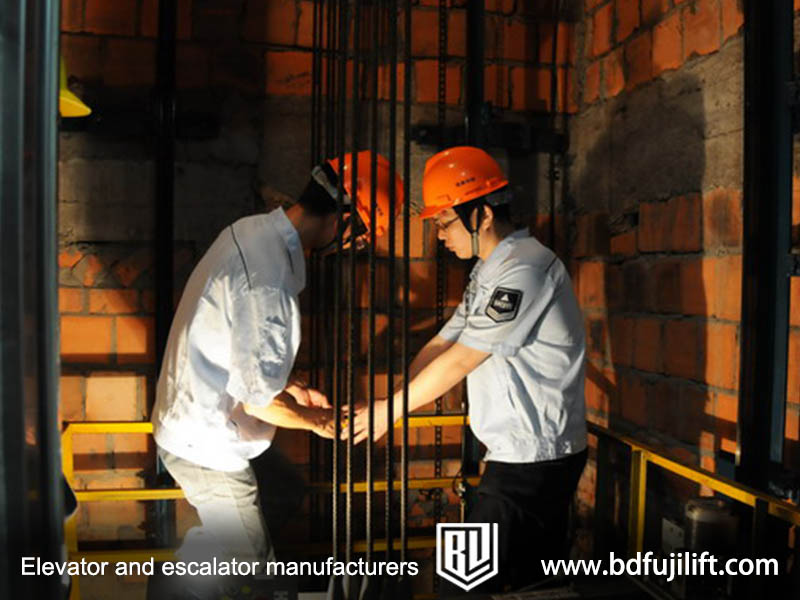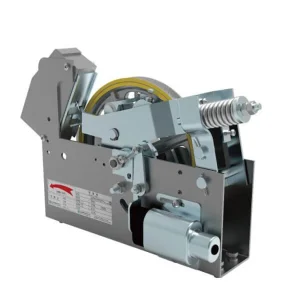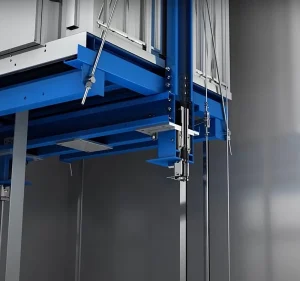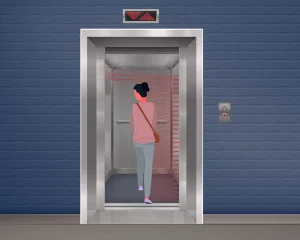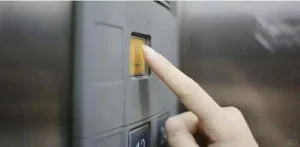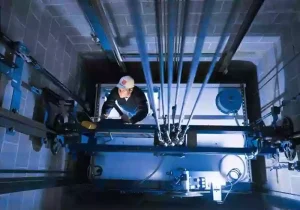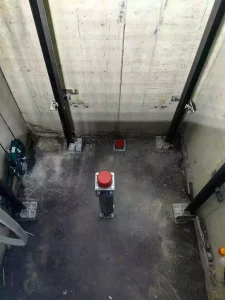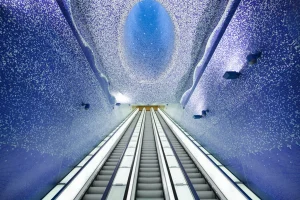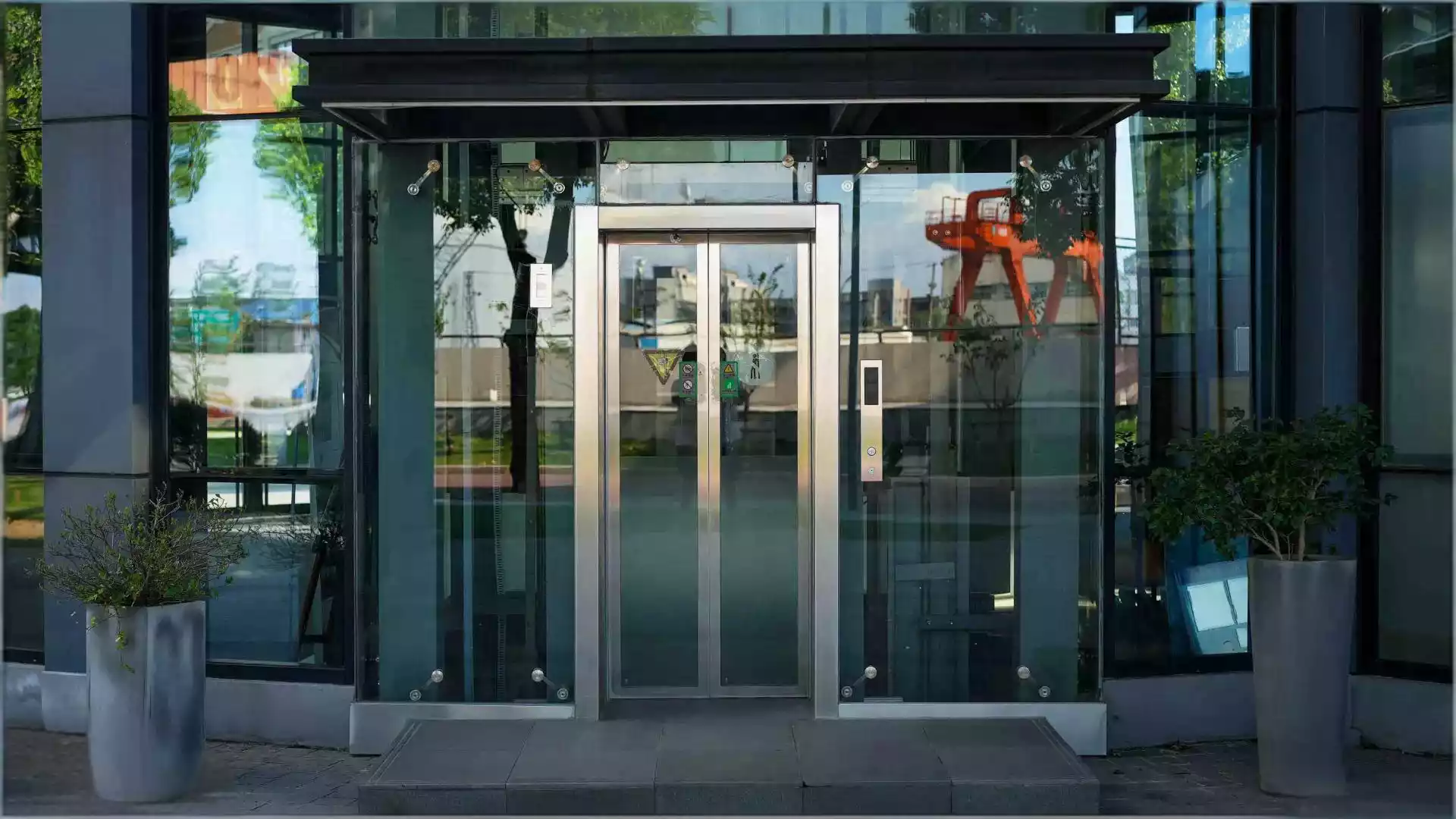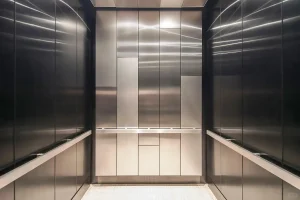In modern society, elevators are installed in almost every building. Over a billion people around the world use elevators every year.
Elevator accidents are very rare, with a fatality rate of just 1 in 14 million.
This is much lower than the risk of car accidents (1 in 107) or lightning strikes (1 in 500,000).
Because the elevator has these safety features:
Speed Limiter (Overspeed Governor)
The speed limiter is usually placed above the elevator machine room or at the top of the shaft.
It checks the elevator’s speed constantly. If the elevator moves too fast, it quickly activates the brakes to stop, keeping everyone safe.
Emergency Brakes
Emergency brakes and rope grippers are two critical safety components in elevators.
The speed limiter is placed above the elevator machine room or at the top of the shaft.
It constantly monitors the elevator’s speed. If the elevator goes too fast, it activates the brakes to stop it, ensuring safety for everyone.
Door Safety Sensors
Door safety sensors use infrared technology to check if the doors are closed.
If the sensors detect an obstruction, they send a signal to the elevator. If the door doesn’t close or is closing, it will reopen to avoid trapping anyone.
Emergency Alarm System
The emergency alarm system is a crucial safety feature in elevators. In an emergency, passengers can press the emergency button inside the elevator. It triggers the alarm and alerts staff or responders to help those trapped.
Backup Power Supply(ARD)
The backup power supply keeps the elevator running during a power outage. If the power fails, the elevator stops at the nearest floor and opens the doors, letting passengers exit safely.
Multiple Steel Cables
The elevator’s traction system uses 3 to 4 steel cables. Each cable is strong enough to support the elevator’s full weight. So, if one cable fails, the other cables will still ensure the elevator runs safely.
Earthquake Sensors and Fire Recall Systems
Modern elevators are equipped with earthquake sensors and fire recall systems. If an earthquake or fire happens, the elevator will stop or move to a safe floor. This prevents it from running in dangerous conditions.
Buffer
The buffer is installed at the bottom of the elevator shaft. When the elevator car reaches the bottom, the buffer absorbs its energy and slows the descent. It prevents a crash. The buffer is usually made of hydraulic oil, springs, or pneumatic devices for safety.
Conclusion
Even with these safety features in elevators, elevators need regular inspections and maintenance to keep systems working properly.


